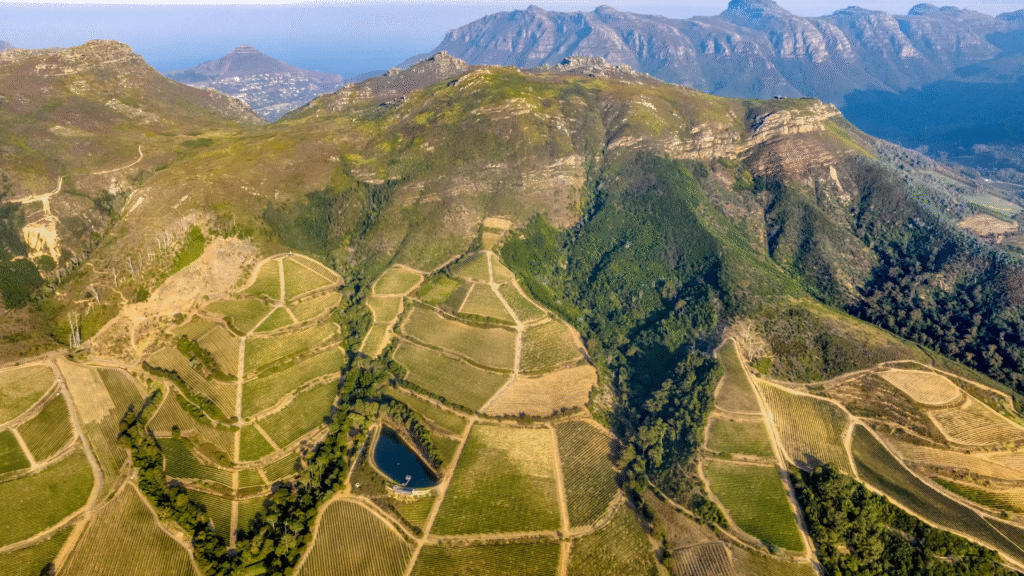Now Reading: Water climate Sustainability Breakthroughs That Could Transform Our Planet by 2025
-
01
Water climate Sustainability Breakthroughs That Could Transform Our Planet by 2025
Water climate Sustainability Breakthroughs That Could Transform Our Planet by 2025

Table of Contents
Deep beneath the Earth’s surface lies a mysterious and vital natural resource ancient groundwater. This water, stored in underground climate layers called aquifers, has existed for thousands, even millions, of years. Unlike the water we see in lakes, rivers, or rainfall, ancient groundwater has been slowly gathering below the ground, preserved over time and rarely disturbed by surface changes.
Recent studies have sparked global interest in this hidden resource due to its potential to support future water needs, provide clues about the Earth’s climate history, and even play a role in global sustainability efforts.
What Is Ancient Groundwater?

Ancient groundwater, also called fossil water, refers to underground water that entered the Earth’s aquifers thousands to millions of years ago. It was trapped beneath the surface during ancient climate periods when rainfall patterns were very different from today. This water lies in deep aquifers and is typically untouched by modern human activity.
Unlike shallow groundwater that is often replenished by rainfall or snowmelt, fossil groundwater has remained isolated for ages. Because of this, it is often cleaner, mineral-rich, and free from modern pollutants. However, it is also non-renewable once used, it cannot be replaced in any practical human timeframe.
Where Is Ancient Groundwater Found?
Ancient groundwater has been discovered in many regions across the world. Some notable areas include:
- The Nubian Sandstone Aquifer in North Africa
- The Ogallala Aquifer in the United States
- The Great Artesian Basin in Australia
- Deep aquifers under parts of the Middle East and India
These regions often rely on fossil groundwater for drinking water, agriculture, and industrial use. In arid and semi-arid regions where rainfall is scarce, this ancient water has supported life for centuries.
Why Does It Matter?
- Water Security: As the global population increases and water demand rises, many regions are experiencing water stress. Ancient groundwater offers a backup source during times of drought or water shortages. For some dry areas, it may be the only reliable water source.
- Scientific Research: Studying fossil water can help scientists understand past climates, rainfall patterns, and even geological changes. This knowledge is valuable for climate change research and environmental planning.
- Agriculture and Economy: In countries like Saudi Arabia, Libya, and India, ancient groundwater has been heavily used for farming. It supports agriculture in regions where surface water is insufficient.
- Urban Development: Cities and towns in desert or dry zones often rely on these aquifers for drinking water. However, growing urban demand can threaten the sustainability of fossil water.
The Risks of Overuse
While ancient groundwater can be a valuable resource, experts warn about the dangers of overusing it. Since it does not recharge quickly if at all excessive pumping can lead to the permanent loss of this water. This process is known as “groundwater mining.”
Over-extraction also causes problems such as:
- Land subsidence The land can sink as water is removed from the underground rock layers, damaging buildings and infrastructure.
- Water quality decline Drawing water from deep underground can increase the concentration of salts or harmful minerals.
- Ecosystem damage Many wetlands, rivers, and lakes are connected to groundwater. Removing too much water can harm these ecosystems.
Monitoring and Management
Modern technology has made it easier to monitor groundwater levels and quality. Tools like satellite mapping, isotope dating, and deep well sensors help researchers understand how much ancient water is left and where it’s located.
Governments and scientists are working together to manage these aquifers better. For instance:
- In the United States, programs like the U.S. Geological Survey monitor aquifer health and promote sustainable usage.
- In Africa, joint international efforts have formed to protect the Nubian aquifer through data-sharing and cooperation.
- In India, farmers are being trained in water-efficient farming methods to reduce pressure on fossil groundwater reserves.
Can Ancient Groundwater Help Fight Climate Change?
Ancient groundwater cannot directly stop climate change, but it can help communities adapt. In regions where rainfall is becoming less predictable, fossil water can act as a climate buffer. However, experts stress it should only be used carefully, like an emergency reserve.
Moreover, studying this old water helps scientists reconstruct Earth’s past environment. By analyzing water isotopes and mineral content, researchers can track how the climate and ecosystems have changed over thousands of years. This information is crucial for predicting how our planet will respond to future climate challenges.
The Future of Fossil Water

The value of ancient groundwater is now recognized across the globe, but so are its limits. It is a finite resource that must be protected, not exploited. Nations will need to:
- Implement stronger groundwater laws
- Encourage sustainable agriculture
- Invest in water-saving technology
- Educate people on responsible water use
International cooperation is also vital. Many aquifers span across borders, meaning one country’s use can affect another. Transparent policies and mutual agreements are key to managing shared groundwater.
Conclusion
Ancient groundwater is more than just old water it is a silent witness to Earth’s history and a potential life-saver for the future. But we must treat it with care. Used wisely, it can support millions. Used recklessly, it could dry up forever.
As we face increasing climate uncertainty, water scarcity, and population growth, ancient groundwater stands as a reminder of nature’s hidden gifts and our responsibility to use them wisely.
Read More:- Deyaar’s Latest Announcement Shakes Up the UAE Property Market






















